Colorado Mandates Electric Vehicle Sales, State Dealers Association Angry

The State of Colorado will be the next territory in the United States to join California in embracing electric vehicles. Democratic Governor Jared Polis has signed an executive order (his very first) proposing that the zero-emission vehicle rule be enacted no later than May of 2019. The rule would require automakers to sell more electric cars within the state each year until it reaches utopian status.
However, that could still be decades away. Thus far, Polis has only asked the state’s Department of Public Health and Environment to propose new rules to the Air Quality Control Commission over the coming months. As of now, there are no official rules stipulating how many EVs need to be sold every year. And California, which started is ZEV program years ago, estimates electric vehicles will account for between 8 and 9 percent of all new car sales within the state by 2025.
According to Bloomberg, Colorado State officials plan to use the remaining $68 million received from Volkswagen’s diesel emissions penalty to assemble an improved charging infrastructure to support the presumed influx of plug-in vehicles. There’s also a proposal to use some of the funds to support electrified school busses, work vehicles, and mass transit solutions.
“As we continue to move towards a cleaner electric grid, the public-health and environmental benefits of widespread transportation electrification will only increase,” Polis said in a statement. “Our goal is to reach 100 percent renewable electricity by 2040 and embrace the green energy transition already underway economy-wide.”
From Bloomberg:
The nine other predominantly Democratic-leaning states include New York, Massachusetts and Oregon. They have established similar electric-car requirements by using a provision of the U.S. Clean Air Act that allows states to adopt rules California developed, which Polis’ executive order cited. The act gives California the authority to set rules more stringent than federal standards.
This group and other states are positioning themselves as a bulwark against the Trump administration’s push to ease cleaner-vehicle rules. Federal regulators have proposed capping national fuel-economy and carbon-emissions requirements for new autos at a 37 mile-per-gallon fleet average after 2020. Standards set by the Obama administration would’ve increased the average to 47 mpg by 2025.
As part of the plan, the Trump administration also proposed stripping California of its zero-emission-vehicle mandate.
Of course, not everyone is a fan of Polis’ executive order. The Colorado Automobile Dealers Association (CADA) expressed its discontent, while bemoaning the state’s plan as overly ambitious and not in the best interest of consumers or the industry.
“We trust Colorado consumers, who care about the environment as much as anyone, to be able to freely choose to buy the vehicles that they need at home or work,” CADA President Tim Jackson said in a statement. “These consumers range from rural Coloradans who farm and ranch to suburban parents who need to transport the Little League or soccer team. Three-quarters of Coloradans choose vehicles from the light truck category, which includes pickups and SUVs, to meet Colorado’s challenging driving conditions. There is a reason you don’t see electric vehicles pulling horse trailers or hauling six kids to their events.”
“Colorado’s consumers do not need the government telling them what vehicles they should buy. Let’s keep car-buying decisions in the hands of our citizens, not unelected California bureaucrats.”
Polis countered by saying Colorado already has some of the highest consumer preferences for EVs in the entire country. He complained, however, that “many manufacturers don’t sell all of their models here, and instead offer them in states that have adopted the ZEV [zero emission vehicle] standard.”
That’s technically true. California is the only place in the U.S. where you can purchase hydrogen models and certain battery electric cars. But, with no hydrogen fueling infrastructure, Colorado would have no reason to sell low-volume fuel cell vehicles. There are also concerns that pure electric cars are negatively affected by colder climates. While that is also accurate, it’s really only an issue due to the already diminished range of some electric vehicles vs their internal combustion counterparts. Automakers are working to remedy the issue through increased battery capacity and measures aimed at keeping the pack temperature controlled, regardless of climate.
[Image: Tony Webster/ Flickr ( CC BY-SA 2.0)]

A staunch consumer advocate tracking industry trends and regulation. Before joining TTAC, Matt spent a decade working for marketing and research firms based in NYC. Clients included several of the world’s largest automakers, global tire brands, and aftermarket part suppliers. Dissatisfied with the corporate world and resentful of having to wear suits everyday, he pivoted to writing about cars. Since then, that man has become an ardent supporter of the right-to-repair movement, been interviewed on the auto industry by national radio broadcasts, driven more rental cars than anyone ever should, participated in amateur rallying events, and received the requisite minimum training as sanctioned by the SCCA. Handy with a wrench, Matt grew up surrounded by Detroit auto workers and managed to get a pizza delivery job before he was legally eligible. He later found himself driving box trucks through Manhattan, guaranteeing future sympathy for actual truckers. He continues to conduct research pertaining to the automotive sector as an independent contractor and has since moved back to his native Michigan, closer to where the cars are born. A contrarian, Matt claims to prefer understeer — stating that front and all-wheel drive vehicles cater best to his driving style.
More by Matt Posky
Latest Car Reviews
Read moreLatest Product Reviews
Read moreRecent Comments
- Lou_BC Well, I'd be impressed if this was in a ZR2. LOL
- Lou_BC This is my shocked face 😲 Hope formatting doesn't fook this up LOL
- Lou_BC Junior? Would that be a Beta Romeo?
- Lou_BC Gotta fix that formatting problem. What a pile of bullsh!t. Are longer posts costing TTAC money? FOOK
- Lou_BC 1.Honda: 6,334,825 vehicles potentially affected2.Ford: 6,152,6143.Kia America: 3,110,4474.Chrysler: 2,732,3985.General Motors: 2,021,0336.Nissan North America: 1,804,4437.Mercedes-Benz USA: 478,1738.Volkswagen Group of America: 453,7639.BMW of North America: 340,24910.Daimler Trucks North America: 261,959



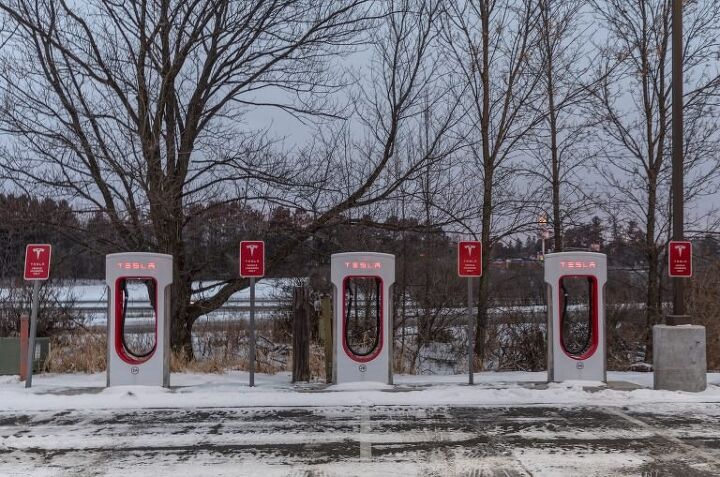

















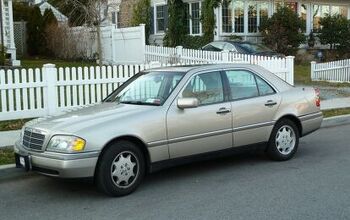

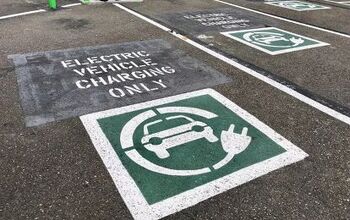

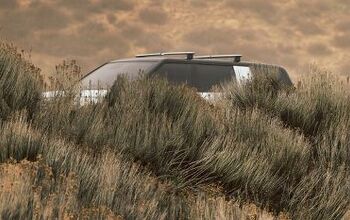
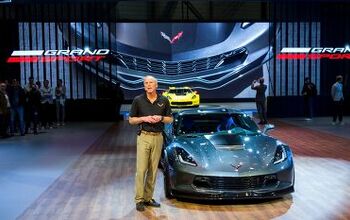
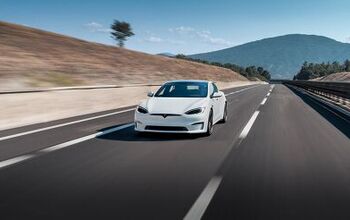




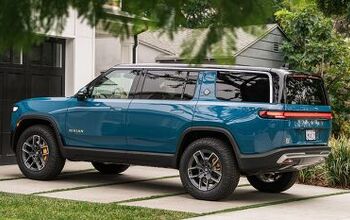

Comments
Join the conversation
That's the problem with EVs right now. For the general pop, the choices suck. There's very little utility, 4wd, pickup or otherwise. The EVs you might want are way too expensive to make sense, even with big tax breaks, especially for fleets, which should be the biggest buyers of EVs eventually.
Can’t wait for Skynet Motors to have cars everywhere in CO! Gas is $1.81 per gallon today. By 2025 they will be practically giving gas away. Sadly this means dealers will have to raise the price of non-electric vehicles to make up for having to take a beating on battery powered vehicles. This will have people buying cars out of state. Many other unintended consequences abound... Too bad battery tech is stagnant. Some 11 million iPhone users decided to buy a new battery instead of a new phone. This was because the old phone could do 95% of what the iPhone X could do with a $79 battery replacement.